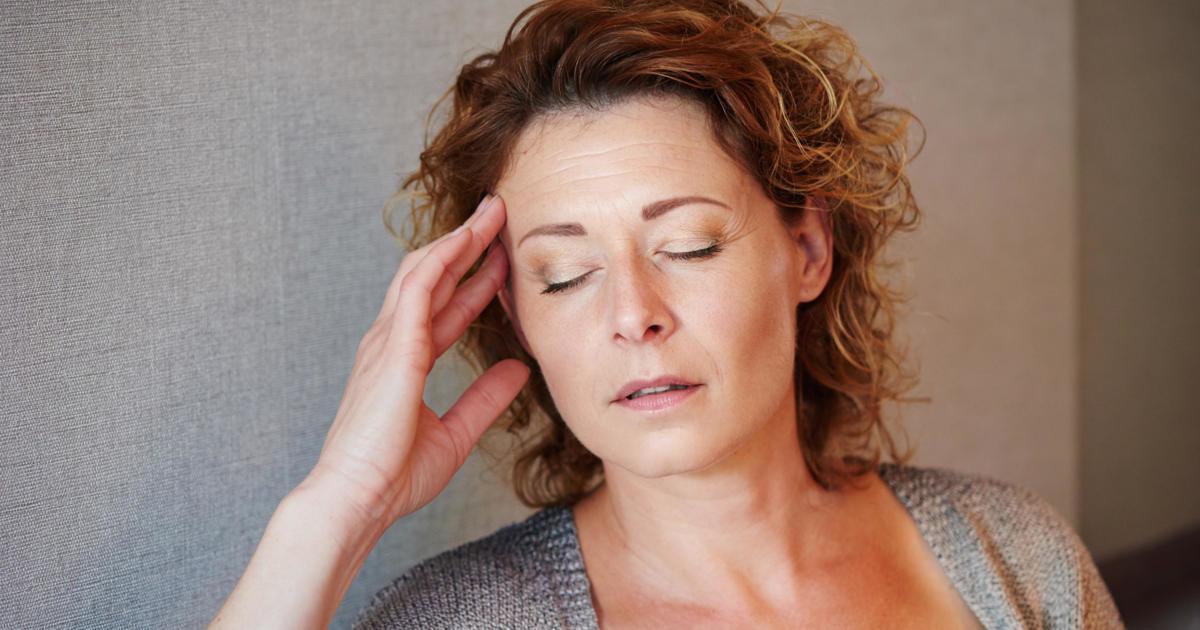What Is A Sitz Bath?
How To Make A Sitz Bath
Homemade sitz baths allow the patient to add ingredients to the bathwater that may be soothing for their specific condition. For example, patients with hemorrhoids often find adding Epsom salt to a sitz bath is beneficial, though some might prefer to add sea salt. Both types of salt are rich in minerals that could promote healing. Most homemade sitz bath recipes suggest using one-quarter to one-third of a cup of either of these salts. Tea tree oil (a natural antiseptic) and frankincense (an anti-inflammatory) are both popular choices, and many individuals report the pain-relieving properties of lavender oil make it an ideal addition to a sitz bath. When using any of these essential oils, it is ideal to start with eight to ten drops of each type of oil. Witch hazel (a natural astringent) may be worth considering, and baking soda is recommended for the treatment of yeast infections and the relief of vaginal irritation or itching. Most recipes suggest using two tablespoons of witch hazel. Before adding any ingredients to the bathwater, patients should check with their healthcare provider to ensure the ingredients are safe for their needs.
Continue reading to uncover the potential risks of a sitz bath next.
Potential Risks

Sitz baths are generally considered to have a very low risk of side effects. The most common side effects associated with sitz baths include dizziness, lightheadedness, heart palpitations, and falls. These effects are not related to the baths or bathwater ingredients themselves; rather, they are due to the blood vessel dilation that naturally occurs after spending time in warm water. Patients using sitz baths shortly after surgery or childbirth may be at an increased risk for these side effects, thus, someone else must be always nearby when a sitz bath is being used. To minimize the risk of falls and dizziness, patients might want to start by taking a sitz bath in a basin or with a toilet seat attachment instead of doing so in a bathtub. It is typically easier to stand up from a toilet seat than it is to get out of a bathtub. Patients who notice persistent heart palpitations or dizziness after a sitz bath should have these symptoms investigated. Increasing pain, redness, or swelling at the treatment site should also be mentioned to a physician.
Discover tips for sitz bath aftercare next.
